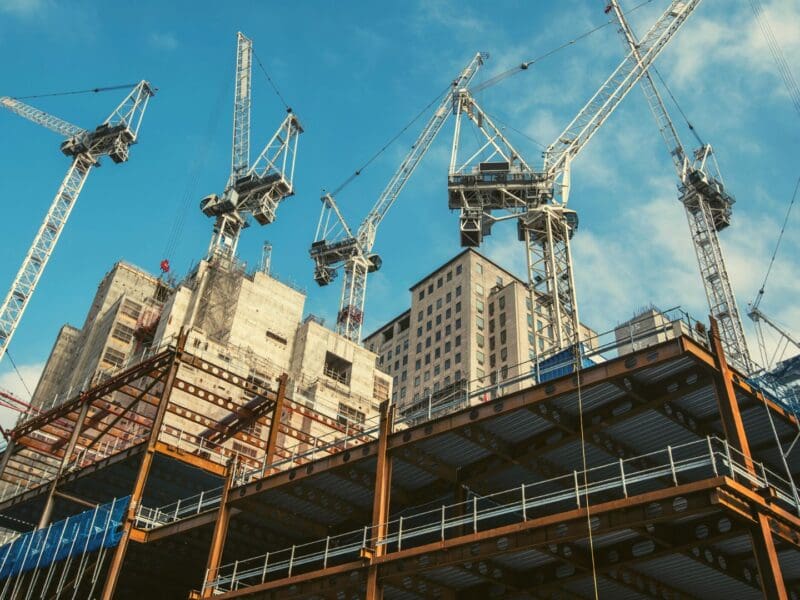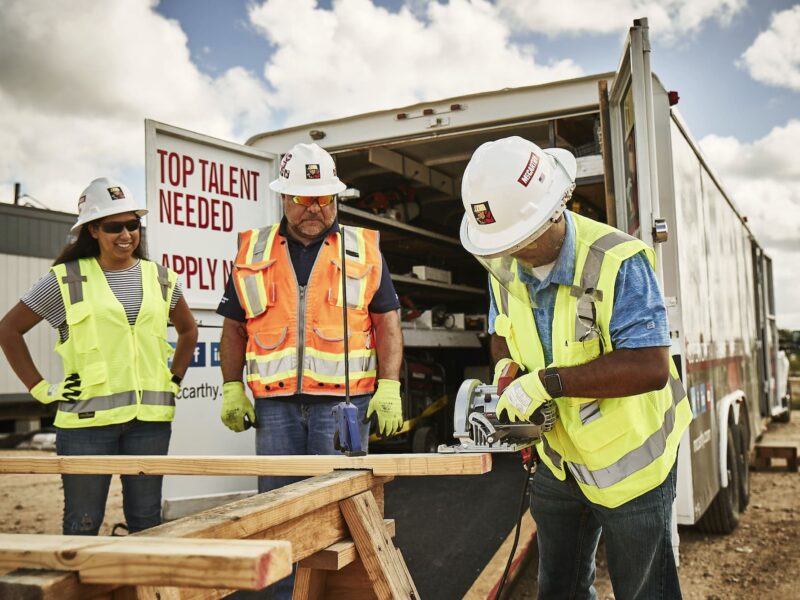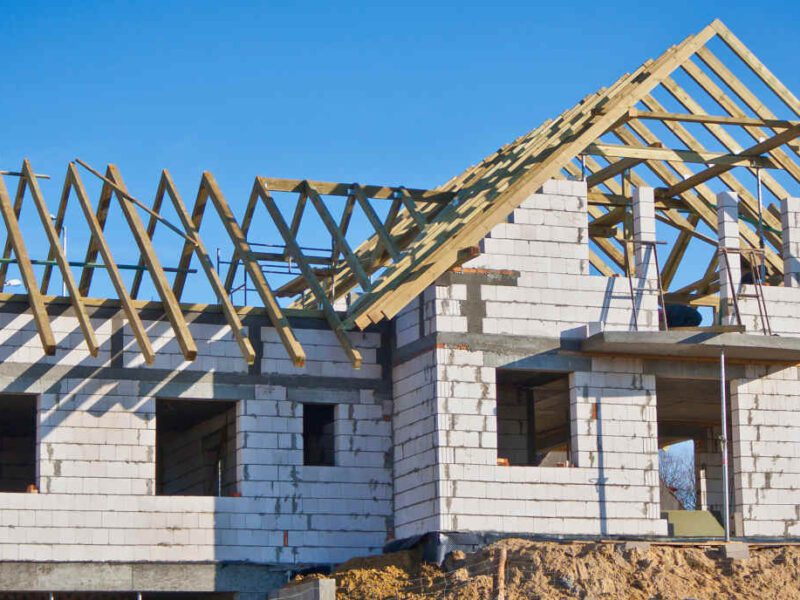
The Future of Construction: Advancements in Prefabricated Steel Buildings
The construction industry has seen many technological advancements over the past few decades. One of the most notable of these advancements has been in the area of prefabricated steel or metal buildings. These buildings are constructed using pre-engineered metal components fabricated off-site and assembled on-site. This construction method has gained popularity due to its efficiency, durability, and cost-effectiveness. This article will explore the advancements in prefabricated steel buildings and their potential impact on the future of construction.

Advancements in Design
In the past, prefabricated steel buildings were often associated with simple, functional designs that lacked aesthetic appeal. However, recent advancements in design have changed this perception. Architects and designers have started incorporating more complex and visually appealing designs into prefabricated steel buildings. This is possible because of advancements in 3D modelling software and computer-aided design (CAD) technology. These tools allow designers to translate intricate designs into distinct, pre-engineered steel components.
Another area of advancement in design is customization. Prefabricated steel buildings can now be customized to meet the client’s needs. For example, if a client wants a building with a specific shape or size, the pre-engineered steel components can be designed to accommodate those specifications. Additionally, the exterior of the building can be customized to match the surrounding environment or to fit the client’s brand image.

Advancements in Manufacturing
Prefabricated steel buildings are made possible by advancements in manufacturing. Steel components are now fabricated off-site in controlled environments using automated equipment. It allows for a more precise and efficient manufacturing process, reducing waste and increasing productivity.
The use of automation has also improved the quality of prefabricated steel components. Automation ensures that each component is made to exact specifications, reducing the risk of errors or inconsistencies in the final product. Additionally, automation has made it possible to produce large quantities of components quickly and efficiently, cutting down the cost of the building.

Advancements in Sustainability
Steel components can be recycled and repurposed at the end of a building’s life rather than in a landfill. Additionally, prefabricated steel buildings can be designed to be highly energy-efficient. The components can be engineered to maximize insulation and reduce heat loss, resulting in significant energy savings. This can also help in reducing the building’s carbon footprint.
Advancements in Durability
Prefabricated steel buildings are known for their durability. Recent advancements in steel coatings have made prefabricated steel buildings even more durable. These coatings protect the steel components from corrosion and other types of wear and tear, guaranteeing a longer lifespan for the building.
Additionally, prefabricated metal buildings are designed to be structurally sound. The pre-engineered components are designed to work together seamlessly, resulting in a building that can withstand high winds, earthquakes, and other natural disasters. This makes prefabricated steel buildings popular for areas prone to these events.

Final Thoughts
In conclusion, prefabricated steel buildings have come a long way and have evolved into a desirable and efficient building solution. They offer several advantages over traditional construction methods, including speed of construction, cost-effectiveness, sustainability, and durability. Their ability to be customized to meet specific client requirements and their aesthetic appeal are other reasons why prefabricated steel buildings are becoming increasingly popular in the construction industry. As the industry continues to evolve, prefabricated steel buildings are poised to play a vital role in meeting the demand for efficient, cost-effective, and sustainable building solutions.







